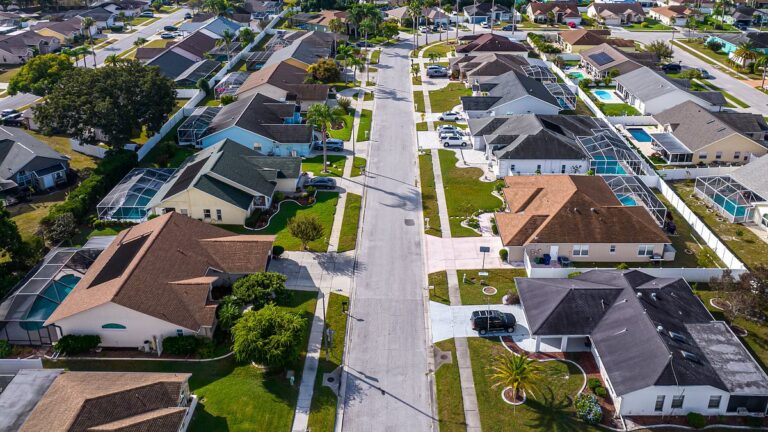Inflation is spreading across America, with prices rising at grocery stores, restaurants and gas stations.
But interesting new data sheds light on just how much price changes vary from state to state and even city to city.
Tampa, Florida, had the lowest inflation rate among 23 U.S. cities, according to Consumer Price Index data.
In the 12 months ending in May, inflation hit 1.8% in the Tampa-St. Petersburg-Clearwater, Florida, area. By comparison, the national inflation rate was hovering at 3% as of June.
Meanwhile, the “Urban Hawaii” area, centered around Honolulu, another picturesque beach city, ranked first in the nation with the highest inflation rate of 5.2% in May.
The Florida city’s steady inflation rate is due to the large amount of economic development and housing construction in the area.
Tampa’s booming housing market has kept home prices stable and affordable for buyers.
Click here to resize this module
CNN Business reported that many remote workers and baby boomers have fled their busy lives to coastal Florida cities during the COVID-19 pandemic.
They did so to enjoy warmer weather and a lower cost of living. Florida as a whole was the fastest-growing state in the country from 2021 to 2022, according to Census data.
Tampa Bay Chamber of Commerce President Brian Adcock explained why Tampa is seeing such a large decline, especially compared to other major cities in the state.
“Tampa is a fast-growing area, and surrounding areas like Hillsborough County and Pasco County have a lot of available land, so there’s a lot of construction going on,” he said.
“There’s a lot more residential areas now, and that’s a big difference from Miami.”
That hasn’t always been the case in the Tampa metropolitan area, where inflation hit a record high of 11.3% in 2022.
Redfin reported that the average rental price in the city fell 6 percent in the year since June.
In addition to affordable housing, Tampa is undergoing an “incredible transformation” with development throughout the region.
“We’re fortunate to have great developers in this area, rather than just individuals coming in and building high-rises and leaving,” Tampa Mayor Jane Kastl said in early July.
“We have people who are invested in our community.”
In comparison, prices have risen much more rapidly in Hawaii.
Many people move to the small state in search of a tropical lifestyle, but they also face the costs that come with it.
A major factor in Hawaii’s high cost of living is the state’s location, covering an area of just over 10,900 square miles.
Transporting materials and goods across the Pacific Ocean is difficult, making it very costly.
In addition, it is becoming difficult for the housing supply rate to keep up with the influx of residents, let alone tourists.
The Housing Cost Index, which measures housing costs in the “Urban Hawaii” area, rose at an annualized rate of 10.7% in May, more than double the national average of 5.2% recorded in June.
“The housing affordability crisis is well recognized across the state,” Carl Bonham, an economics professor at the University of Hawaii, told CNN.
“The situation is exacerbated by a lack of housing construction and some homes being bought by non-residents and held as second homes.”
The housing crisis is forcing many families to live in multigenerational homes, said Rosann Freitas, CEO of the Hawaii Building Industry Association.
Freitas added that the Lahaina wildfire, which ripped through the state in August 2023, also “significantly impacted the rental market” in the area, which was already short about 10,000 housing units before the damage.
Besides Tampa, other major cities including Houston, Minneapolis and Denver are seeing lower inflation due to surging home construction, economists say.
Along with the Honolulu area, Dallas, New York, Boston and Riverside are also expected to see large increases in inflation between 2022 and 2024, according to the Bureau of Labor Statistics.
Houston, Texas, was the second-fastest city in terms of prices falling, after Tampa.
Houston prices increased 2.1 percent from 2022 to 2024.
Dallas, Texas, was the second most expensive place to live after Hawaii.
Two years later, interest rates in Dallas reached 5 percent.


